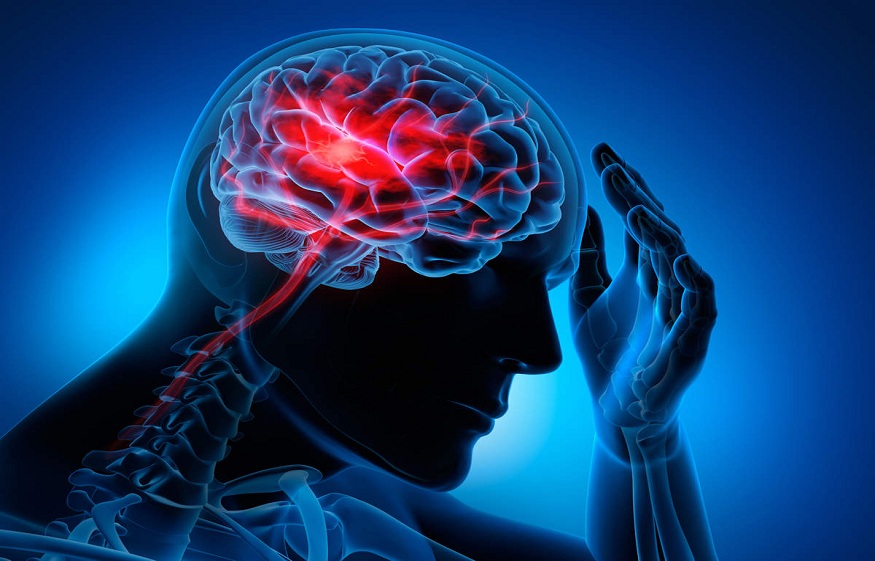Introduction
Our physical body and the entire system is a complicated mechanism. And with significant health challenges, we face the compulsion of rebooting the whole system in an effective way. One of the most complicated parts of this sophisticated system is our brain.
Though medical science has advanced to a great extent over time, back in the day, the diagnosis of potential disease and line of treatment was made just by merely seeing and observing the coordination of the external organs.
Eyes, apart from being the most sensitive external organ it have a very strong neurological control as well as a trustworthy ability to show signs of abnormality and predict underlying diagnosis. With advanced technology treating brain injuries has become a bit easier than in those early days. Be it the pupil reactivity or mere changes in size, studying the pupil can reveal the secret hidden inside the complicated neurological system of the human brain.
Abnormal responses of the pupil
There are severe abnormalities related to the pupil that can be detected by the pupillary size measurement, which are
- Anisocoria: Non-symmetrical sizes of the pupil which is common and suffered by 20% of the population, but it can be of potential dander with Horner’s syndrome, for instance, carotid dissection.
- RAPD, Marcus Gunn Pupil: This is due to optic nerve damage or retinal disease. Disintegration between cataract or optic nerve defect, which is characterized by the decreased vision a lesion in the optic nerve in any eye will not constrict when exposed to light while the other eye will be responding to the light, which is the consensual response.
- This will help in separating the patient whose optic nerve is damage will result in positive RAPD (relative afferent pupillary defect)
- Adie’s Pupil: A very common condition in women but not absent in men. This will result in a sluggish response or no response at all to light. It includes both direct as well as consensual responses—absence in deep tendon responses, including Holmes-Adie disease, which is a benign process.
- Argyll Robertson Pupil: It’s a lesion that is a hallmark for tertiary neurosyphilis. The pupils in this condition will be constricting with the accommodation but will both be constricting in response to light.
- Horner’s Syndrome: This is the loss of sympathetic innervations caused by the triad, which includes
- Ptosis- Drooping of the eyelid
- Miosis- Constriction of the pupil
- Anhidrosis–Decrease in sweating
It is caused by the dissection in the carotid artery, injury of brachial plexus, fibromuscular dysplasia, thrombosis in the cavernous sinus, lymphoproliferative disorders, nasopharyngeal tumor, and Pancoast tumor.
About the device pupillometer
It is an automated device that is a highly portable device that is a handheld infrared machine that helps in providing reliable as well as an objective measurement of your pupillary size or pupil measurement, pupil’s reflex to light, and its symmetry. Neuroptics’ NPI 300 has a wireless charging station and smart guard for utmost safety and portability. It provides 100% accurate pupil reactivity and size reading. The design is sleek and user-friendly, with simple buttons and a navigation system. The device is highly durable, and no high maintenance is involved.
NPI 200 pupilometer comes with Bluetooth and EMR compatibility as well. This is a single patient-use medical device. The Smart guard stores all the data safely.
Different benefits and usages of modern pulipometer
- This device is multi-functioning machinery that eliminates variability as well as subjectivity. It expresses the pupil reactivity in numbers or numerically to trend for the changes in both reactivity and pupil size of both the eyes. The readings are accurate and reliable.
- These devices can very well offer consolidated parametric proceedings to mitigate subjectivity using algorithms.
- Helpful in supporting the prognosis of brain injuries in patients followed by cardiac arrest.
- Apart from being used in patients with head injuries, it is a very functional device in patients who are under the influence of any kind of recreational drugs or prescribed medication for the treatment. This can be done by checking the pupillary light reflex and dilation.
- Pupillometer examinations are very frequent among people undergoing some kind of physical examinations to become emergency workers, firemen, or policemen, so it has applications outside of hospitals.
- Pupil evaluation done through the device is highly accurate as it measures the instant comparison between normal pupil contraction with the one measured in the patient, which eventually helps to take actions accordingly.
- Used to observe the pupil diameter measurement, shape, and size to look for anisocoria, which is a condition in which one pupil is larger than the other.
The upgraded pulilometer of Neuroptics are being adopted by trusted neurologists. 27 countries around the globe have lauded the benefits of this ergonomically designed device. There are 490 hospitals in the USA using this pulipometer. And around 710000 patients have been monitored with this device since 2016. Medical practitioners are embracing this smart device and adapting the new perspective.

